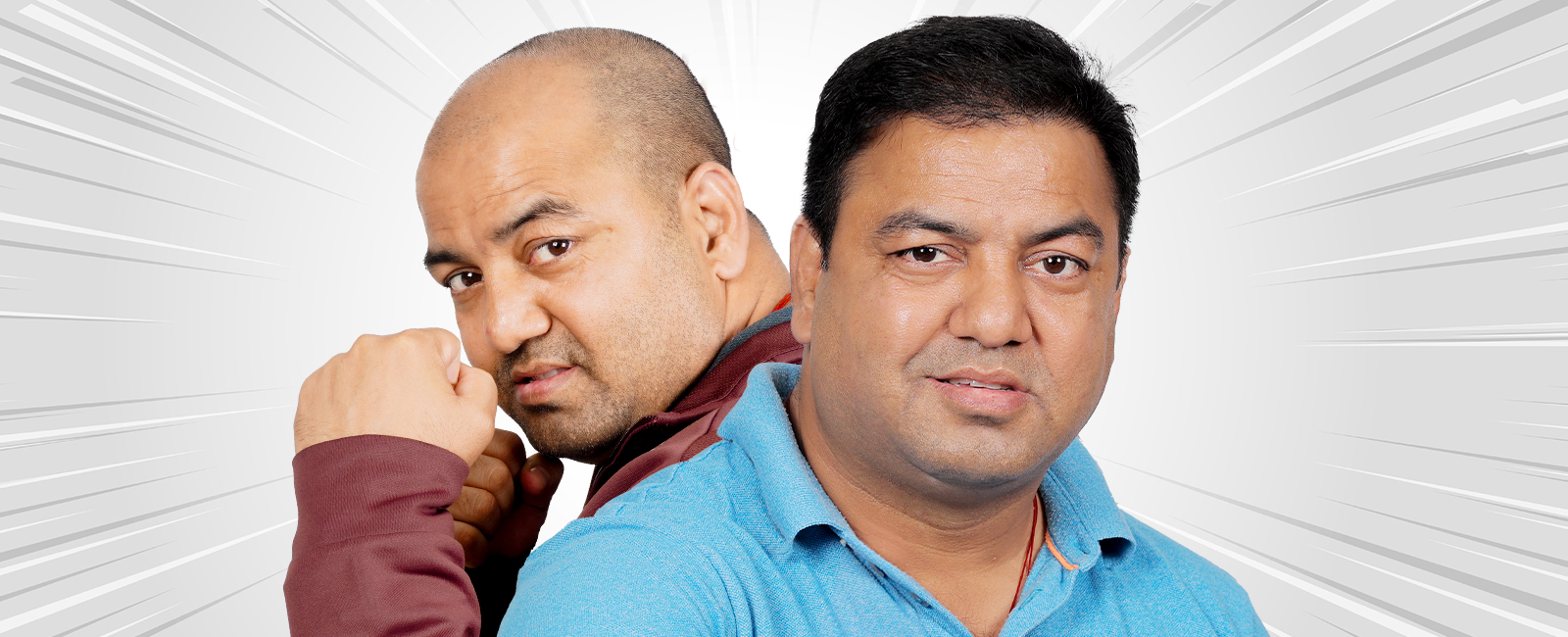Hair loss can be a distressing experience, affecting one’s self-confidence and overall well-being. In recent years, hair transplant procedures have become increasingly popular as an effective solution for individuals seeking to restore their hair. However, managing expectations and having a realistic understanding of what a hair transplant can achieve is crucial. Let’s explore some important factors when managing expectations for a hair transplant before and after the procedure.
- Consultation and Assessment: The first step in managing expectations is to have a thorough consultation with a qualified hair restoration specialist. During this consultation, the specialist will assess your hair loss pattern, evaluate the quality of your donor hair, and discuss your goals and expectations. They will provide an honest assessment of what can be realistically achieved through a hair transplant based on your individual circumstances.
- Hair Loss Stage: The stage of your hair loss plays a significant role in managing expectations. Generally, individuals in the early stages of hair loss, with minimal thinning and a well-defined hairline, tend to have more favourable outcomes with hair transplant procedures. For those with advanced hair loss or significant bald areas, it may be more challenging to achieve the same level of density and coverage. Understanding your specific stage of hair loss can help set realistic expectations.
- Transplant Techniques: Different hair transplant techniques, such as Follicular Unit Extraction (FUE) and Follicular Unit Transplantation (FUT), have varying outcomes and limitations. FUE involves the extraction of individual hair follicles, while FUT involves the removal of a strip of tissue containing hair follicles. The choice of technique depends on various factors, including the extent of hair loss and the quality of the donor area. It is crucial to discuss the pros and cons of each technique with your specialist to manage your expectations accordingly.
- Donor Hair Quality: The success of a hair transplant largely depends on the quality and quantity of the donor hair. The donor hair is typically taken from the back or sides of the scalp, where hair is genetically resistant to balding. If you have thin or weak donor hair, it may impact the overall outcome of the transplant. Your specialist will assess the donor hair quality during the consultation and provide insights into how it may affect the results.
- Realistic Results: It is important to have realistic expectations regarding the results of a hair transplant. While the procedure can effectively restore hair and provide a more youthful appearance, it cannot create an unrealistic hairline or produce an excessively high density. The aim is to achieve natural-looking results that blend seamlessly with your existing hair. Understanding that the outcome will be an improvement rather than a complete transformation will help you manage your expectations.
- Timeline of Results: Another crucial aspect of managing expectations is understanding the timeline of results. A hair transplant is a gradual process, and it takes time for the transplanted hair to grow and mature. Initially, the transplanted hair may shed within the first few weeks, which is a normal part of the process. New hair growth typically starts around the third or fourth month, but it may take up to a year to see the full results. Being patient and understanding the timeline will prevent unnecessary disappointment.
- Post-Operative Care: The success of a hair transplant also depends on how well you follow the post-operative care instructions provided by your specialist. Proper care and maintenance of the transplanted hair and scalp are crucial for optimal results. This includes avoiding activities that may damage the grafts, following the recommended hair care routine, and attending follow-up appointments. Adhering to the post-operative care guidelines will contribute to the overall success of the transplant.
In conclusion, managing expectations is key when considering a hair transplant. By having a realistic understanding of what a direct hair transplant can achieve, considering factors such as the stage of hair loss, transplant techniques, donor hair quality, and the timeline of results, you can set reasonable expectations. Consulting with a qualified specialist and discussing your goals and concerns will ensure that you have a clear understanding of the potential outcomes. Remember that a hair transplant can provide a significant improvement in your hair’s appearance and boost your self-confidence, but it is important to approach the procedure with realistic expectations.





